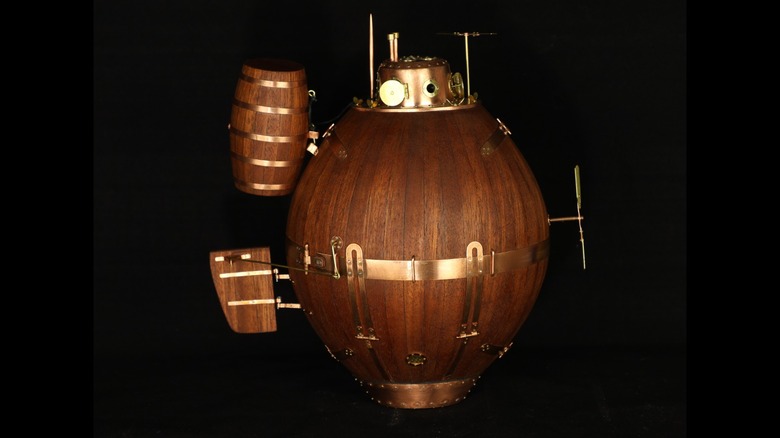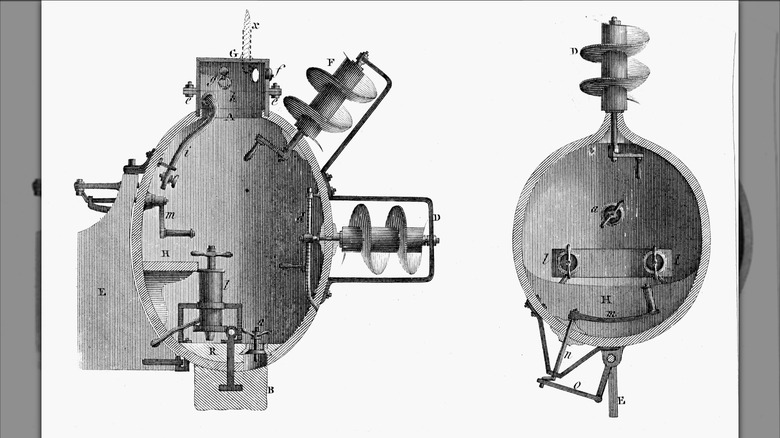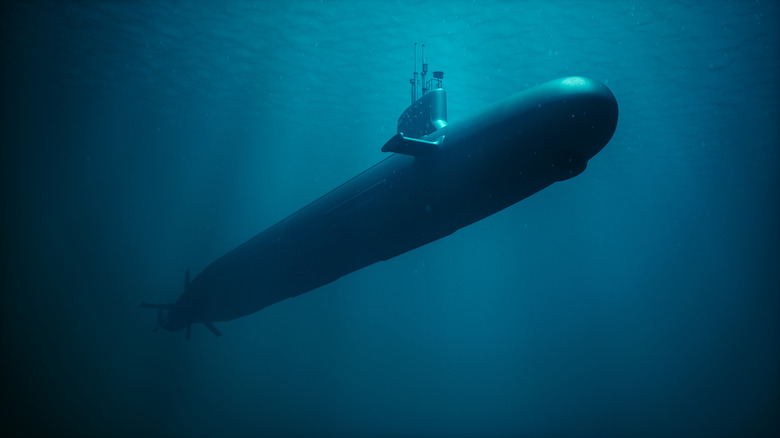What Was The First Military Submarine Ever And How Did It Work?
In August 1776, with the ink barely dry on the Declaration of Independence, the British Navy filled New York Harbor and the surrounding waters with 400 warships and 23,000 troops, establishing overwhelming naval superiority. The Continental Army, still poorly supplied and vastly outgunned, had no navy to match Britain's. What it had, instead, was a secret weapon designed to strike from below.
It was called the Turtle, a one-man submersible, 7.5 by 6 ft in size, built in secret by American inventor David Bushnell and his team at Yale. Its purpose was to slip beneath the flagship of the British fleet anchored in New York Harbor and secure a bomb beneath the hull of a warship.
That plan never worked. On its only mission on 6 September of the same year, the Turtle failed to breach the hull of the HMS Eagle, which had been reinforced with copper sheathing. The pilot abandoned the charge after having made at least two attempts and made a run for his life. But the mission's failure didn't stop the idea from making waves. It proved one critical point: undersea warfare was possible and worth pursuing, with the Turtle becoming the first submarine ever built for military use.
A closer look at the Turtle's mechanics and challenges
The Turtle may have looked like a floating barrel, but its operation was anything but simple. Its spherical wooden frame, reinforced with iron bands and tar, enclosed a cramped cockpit where a lone operator had to be a pilot, diver, and saboteur all at once. Visibility was limited to small glass portholes. There was no internal light source except for bioluminescent foxfire to illuminate instruments in the dark, such as compass needles. The air inside wouldn't last more than about 20 to 30 minutes. Everything, from steering to paddling, was manual.
To submerge, the operator filled a ballast tank with water using hand pumps. To surface, he reversed the process, forcing water out with more pumping. The submarine could go only 20 feet deep underwater. Propulsion relied on two hand-cranked screw propellers: one vertical and one horizontal. This was an innovation decades ahead of its time. Even basic orientation was difficult; without gyroscopes or sonar, the operator had to rely on feel and guesswork to align with the target.
Its single mission with the HMS Eagle revealed the design's biggest flaw. British warships had copper plates installed below the waterline to prevent biofouling. The Turtle's auger couldn't get through this metal layer, which was harder than expected. Some historians suggest that the Turtle wasn't anchored to the seafloor nor neutrally buoyant; it tended to drift and wobble, especially when trying to stay stationary for an operation. This instability likely made it hard to apply consistent pressure with the auger drill, which was required to attach the explosive.
However, while it didn't sink a ship, it opened the door to a new kind of warfare, one that used stealth and surprise rather than brute force. In the process, it also laid the foundation for submarine design for the next century.
How did the Turtle change naval strategy?
For centuries, warships were designed with deck guns, sails, and later, steam power, all built around attacks on the water surface. The Turtle flipped that logic by proving ships could be attacked from below, where traditional defenses were useless. Even the heavily armed HMS Eagle had no protection beneath the waterline — only copper sheathing to prevent biofouling, not sabotage.
Bushnell successfully demonstrated that gunpowder charges could be safely transported and exploded underwater against ships. His innovation inspired further experimentation with underwater explosives and laid the foundational ideas for naval mines and torpedoes. These ideas made navies start thinking about new threats, ones that didn't rely on size or firepower, but on stealth and surprise.
Bushnell also introduced practical solutions that became standard in submarine design. The sealed, watertight hull, the ballast system used for diving, and the hand-cranked propellers to move both forward and vertically were all firsts at the time.
Later submarines, like the Civil War-era H.L. Hunley (the first submarine to successfully sink an enemy warship in combat), built and improved upon these systems to achieve their goals. These innovations eventually paved the way for contemporary nuclear-powered submarines.


